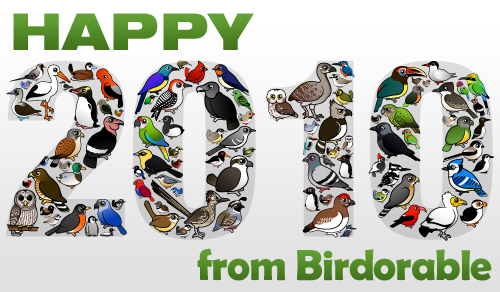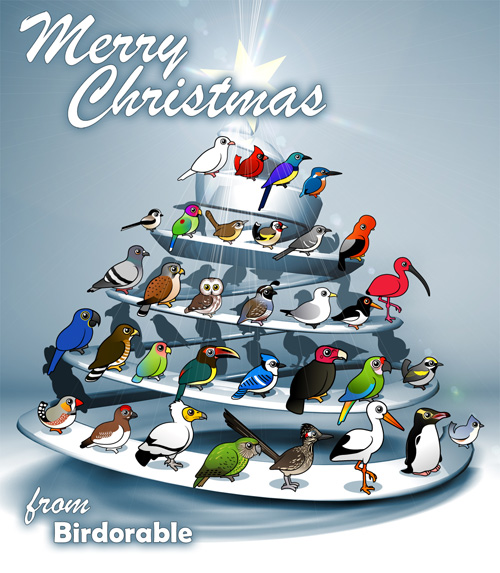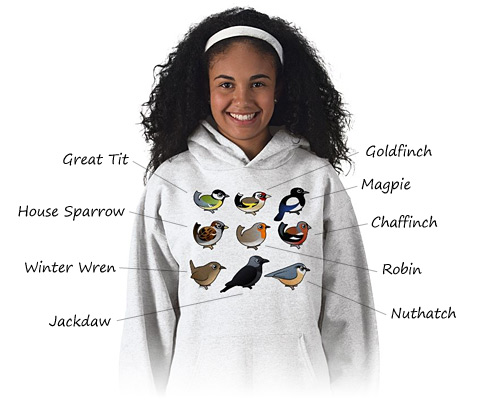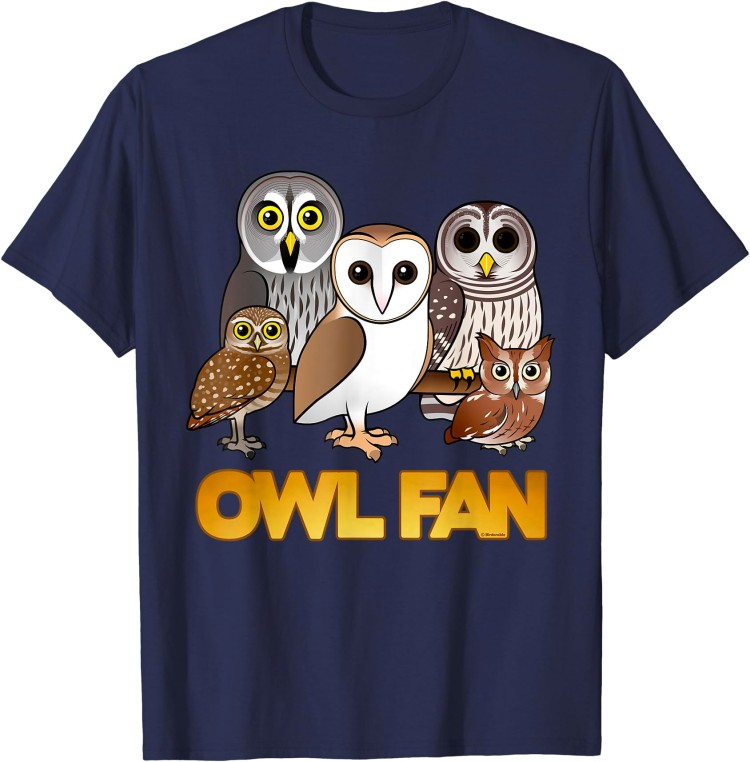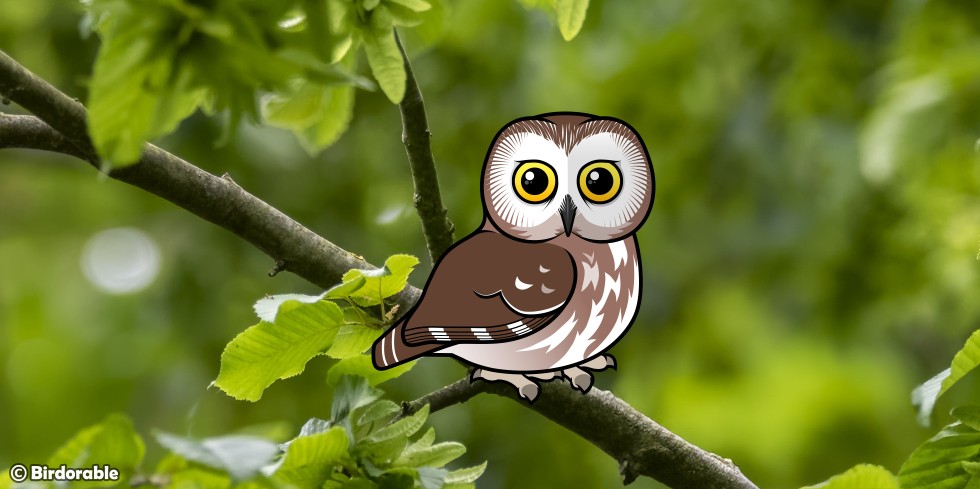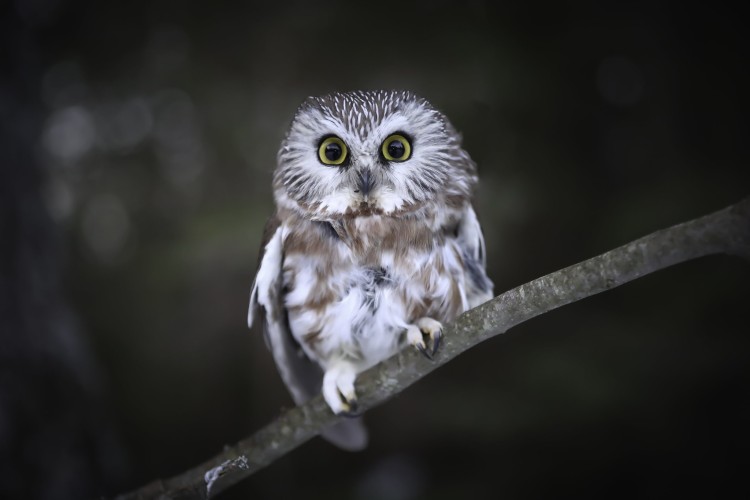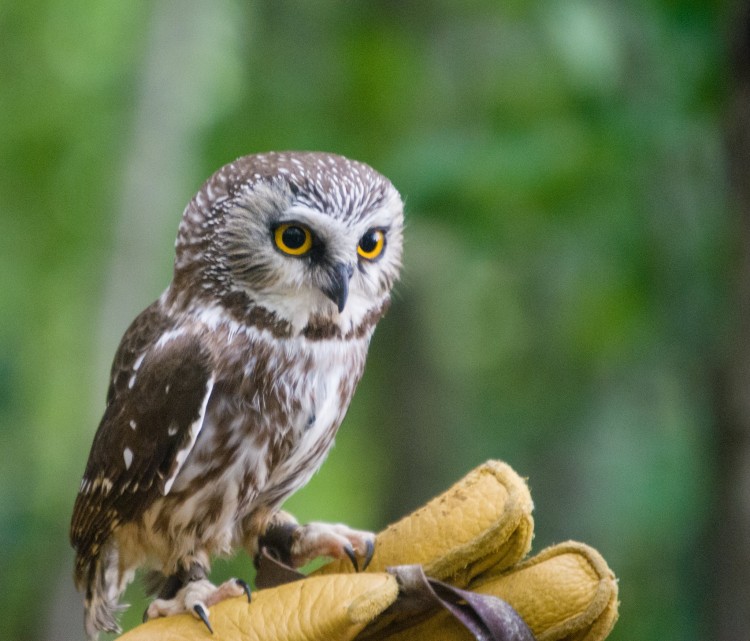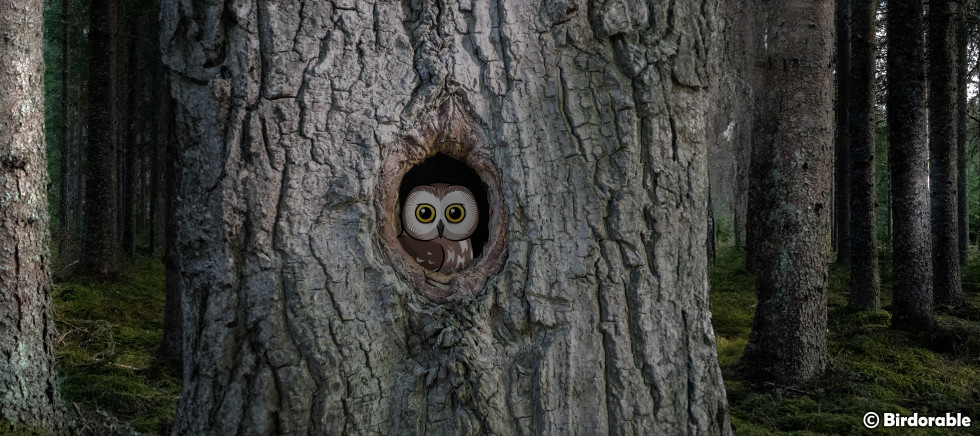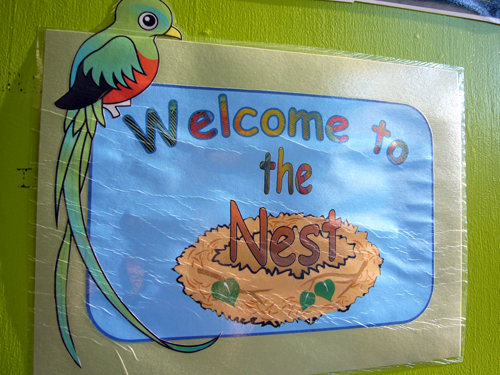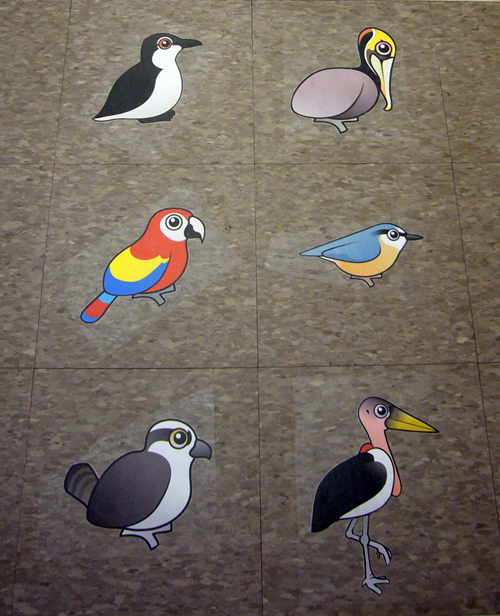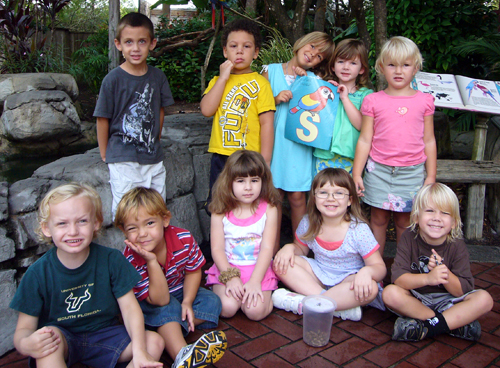The Dutch radio program Vroege Vogels ("Early Birds") surveyed about 5000 people to find the favorite bird song in the Netherlands. The Blackbird came out on top, beating #2 Nightingale (Nachtegaal), #3 Song Thrush (Zanglijster), and 97 other Dutch birds. The entire list, including a photo of each bird and a sample of its song, can be found here: Dutch Bird Top 100. It's a neat way to see some of the most common birds of the Netherlands and hear what they sound like! We've got quite a few European birds here at Birdorable, including several of the Dutch favorites. Here are a few of them. The Dutch names are listed below.
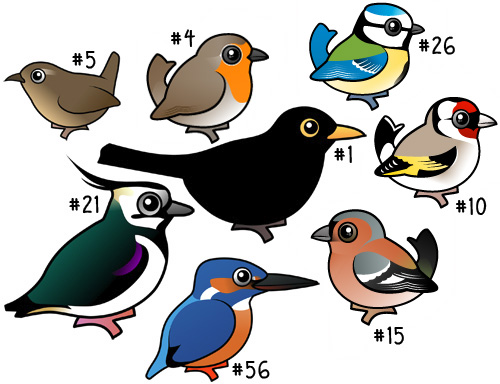
#1 Merel (Blackbird) #4 Roodborst (Robin) #5 Winterkoning (Winter Wren) #10 Putter (European Goldfinch) #15 Vink (Chaffinch) #21 Kievit (Northern Lapwing) #26 Pimpelmees (Blue Tit) #56 IJsvogel (Common Kingfisher)


